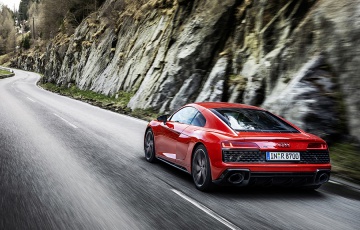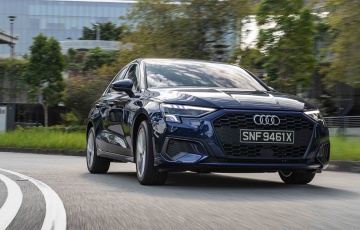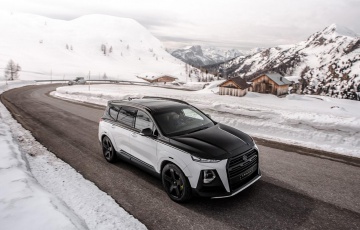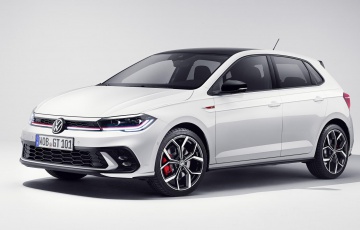1984 Audi Sport Quattro Drive [review] : The Hills are Alive...
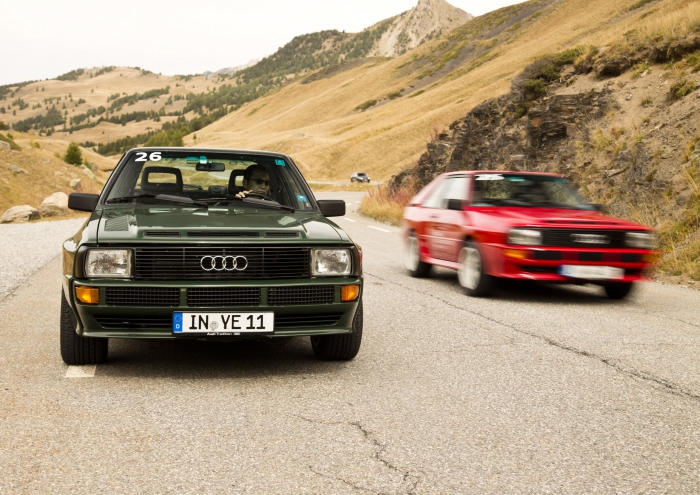
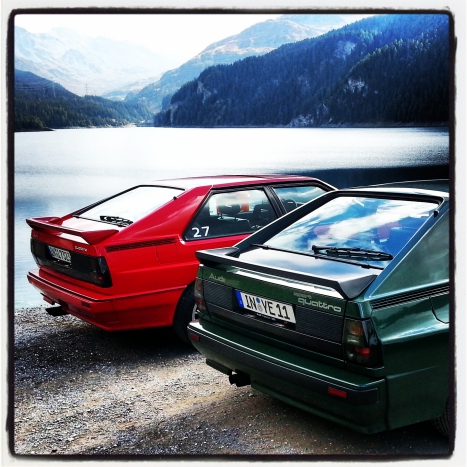
INNSBRUCK-to-INTERLARKEN, AUDI ALPEN TOUR 2013 - Our ride down the mountain by creaky ski-lift at St. Moritz after a robust lunch at El Paradiso is tinged with a hint of trepidation.
This wasn’t just due to my morbid fear of heights either, but because the next car on our Audi Alpen Tour 2013 agenda is one that has long held a particularly special place in the heart of this petrolhead.
If anything, the worry wasn’t due to the fear of us pranging the car against a cliff-wall, but the worry that we might not even get to drive it at all!
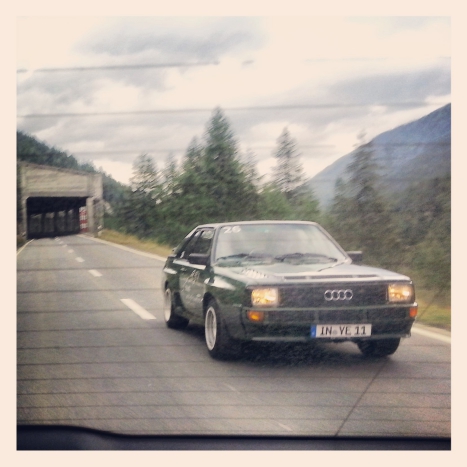
During my University days more than twenty years ago, an assortment of motorsports-fettled race-liveried Ur-Quattros took up precious real-estate on the walls of my hostel room – in lieu of the usual exotics.
However, those aren’t the only good memories the Sport Quattro evokes, since this was also the same period a friend, classmate and colleague – now dearly departed – introduced me to the muddy world of rallying (spectating that is…) and performance cars in general.
We would spend many weekends (and some school-days, but don’t tell my folks!) chasing the various stages of the Network Q RAC Rally, the BTCC (British Touring Car Championship), as well as visiting the epic Goodwood Festival of Speed.

The hop-off at the end of the ride breaks my reverie, and we’re greeted at the carpark with a broad smile by one of the Audi minders, as she nods towards the Sport Quattro we’re going to pilot on the next leg.
Incidentally, the route would take us through the Julier Pass and Oberalp Pass to our end destination, the grand old dame of Interlaken – the Hotel Jungfrau Victoria.
If you had the opportunity to check out the squiggly maps for the two passes, you’ll appreciate the fact that we were about to be thrust deeply into Sport Quattro territory!
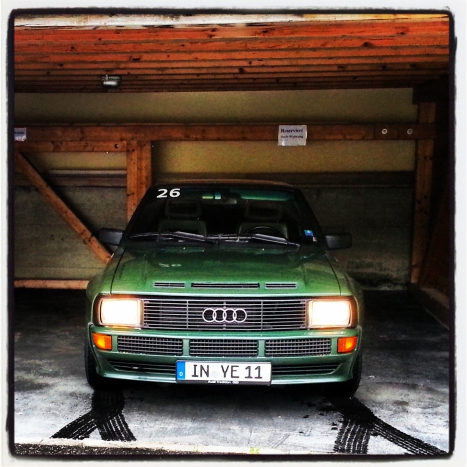
Not that the brand needed a reason, but the occasion to drive the Sport Quattro, or ‘Shorty’, as it is affectionately known, (and the other assorted modern RS models) was sorta-parta Audi's quattro Anniversary festivities.
And what better way to celebrate the occasion than to organise a mega-drive dubbed the Audi Alpen Tour 2013 for the journalist enthusiasts?
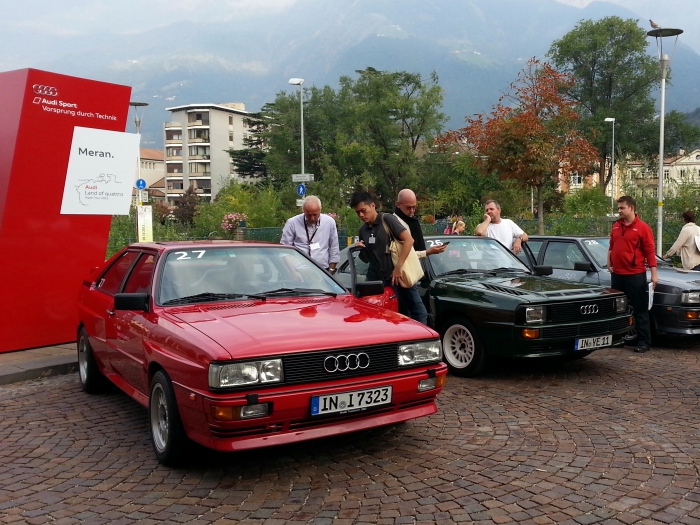
It wasn’t so much about the parades, pomp and pageantry, but we were left to do what these cars were designed for – driving.
This juggernaut of an event would involve six waves of driving across six countries (two days per wave; we were Wave 2 and covered six passes.
This would span 44 of the most daunting and breath-taking Alpine passes over a total distance of 4440km from Klagenfurt to Monaco… and back again.
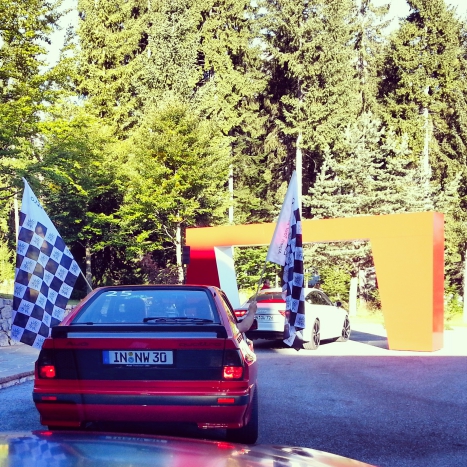
The wicked, wicked planners also made sure we would spend more time on long swathes of serpentine roads than ho-hum highways during our time with the RS 6, RS 7, RS Q3 and Sport Quattro... not that we’re complaining, of course!
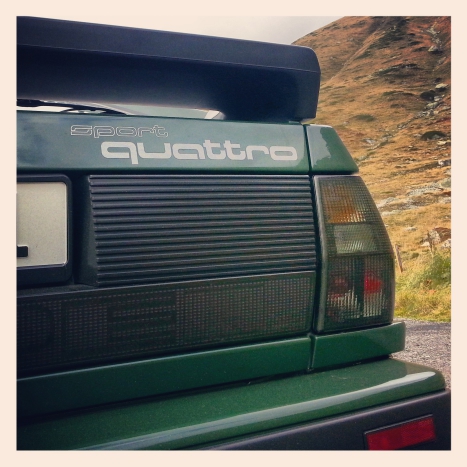
By now, the more obsessive compulsive of you would have noticed the mix of big (Q) and small (q) in the spelling of erm, quattro.
We’re using ‘Q’ in reverence of the very first, the Ur-quattro grand-daddy of them all, the Quattro Turbo Coupe, of which the Sport quattro is a shortened wheelbase, snorty and fire-breathing homologation derivative – every other all-wheel drive model to follow these progenitors would be designated ‘quattro’.
(Click HERE to read about the Singapore-registered Audi Quattro Turbo Coupe)
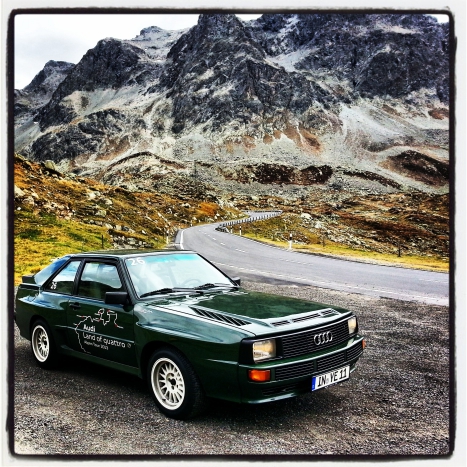
Of the 214 total built from 1984/1985 (some sources say there were only 160+ road-cars out of this tally), only 15 were delivered in our test-car’s Malachite Green colour.
As a casual post-drive search on the Internet would reveal, the less rare Tornado Red ones seemed to be going under the hammer for close to (back-then) brand-new prices.
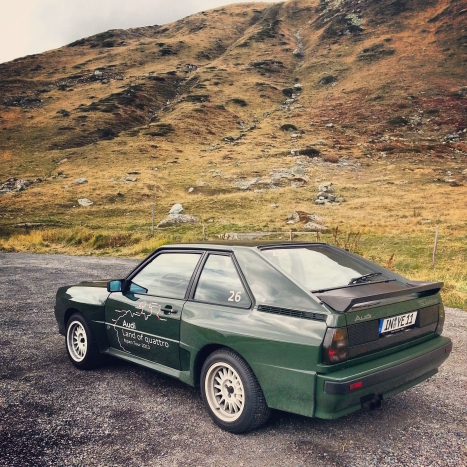
It isn't so much that the 1984 Malachite Green Sport Quattro costs more than the new RS 6 and RS 7 (some even say, combined).
What's more worrying is that unlike the pair of new model RSs, the Sport Quattro is pretty much irreplaceable, especially when it comes into intimate contact with the scenery if we happen to take untoward liberties with her!
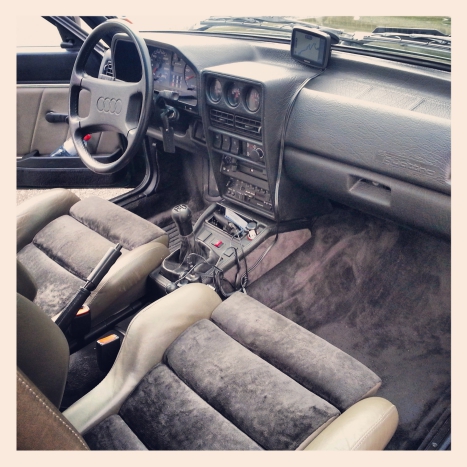
So what’s the difference between the Sport Quattro and regular Ur-Quattro?
Most notably, the wheelbase has been shortened by a substantial 320mm, which translates to keener handling and lighter weight, even if the commodious rear-room of the Ur has been reduced to half-seats in the process.
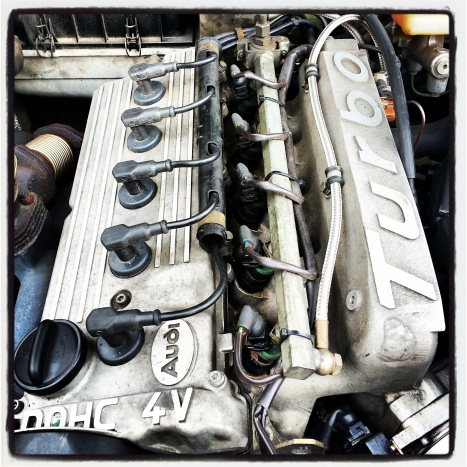
An all-aluminium engine block encases the charismatic turbocharged 20-valve five-cylinder that displaces 2133cc, which is tuned to produce 306hp and about 350Nm.
Certain body components are also constructed with kevlar composites to keep weight even lower to be competitive in racing.
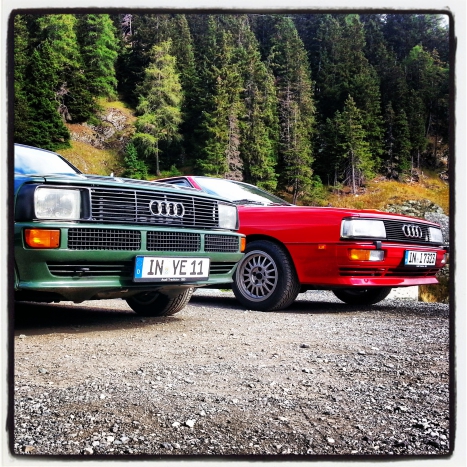
As you come upon the Sport Quattro, the classic wedge-shape of the Ur is even more outrageously exaggerated with its phat flared fenders and wide but small, weedy tyres, prominent air-dam and cooling vents in the bonnet.
Also, following feedback from works teams regarding reflections picked up due to the windscreen angle on the Ur during night rally driving, the Sport quattro features a more vertical windscreen.
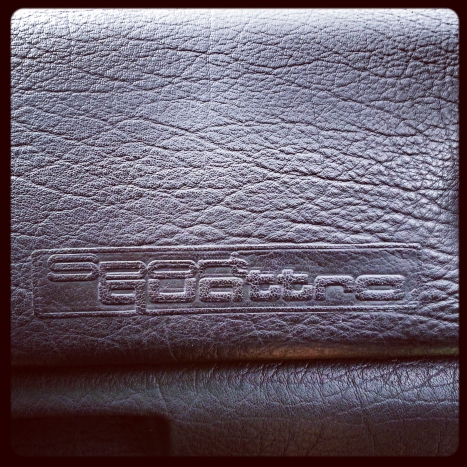
Coming into close contact with childhood heroes are occasions that should be savoured and so we treat it with the sort of religious reverence that some might feel borders on sacrilegious, but we hope to get a dispensation this one time.
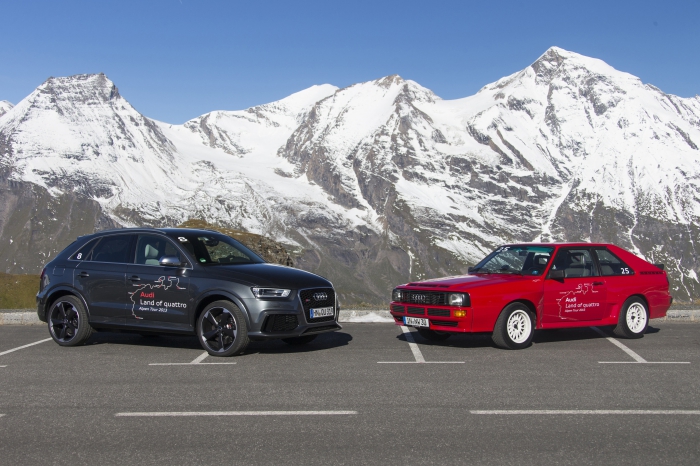
Look at how much the RS Q3 on the left has grown compared to the Sport quattro
The Sport Quattro looks compact, dainty almost, beside even a compact SUV like the RS Q3, but there’s a lot more solid gold on the inside, including that slightly musty smell that you get in all cars of this vintage.
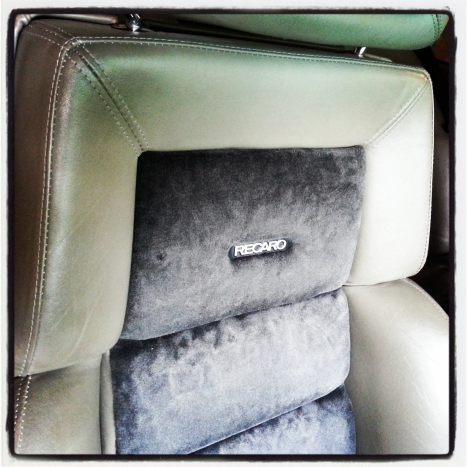
The car gets sumptuous leather/suede Recaro sports seats in front and there’s an air of quiet purpose in the cabin, as opposed to all the flashing razzmatazz and electronic wizardry you get in most cars these days.
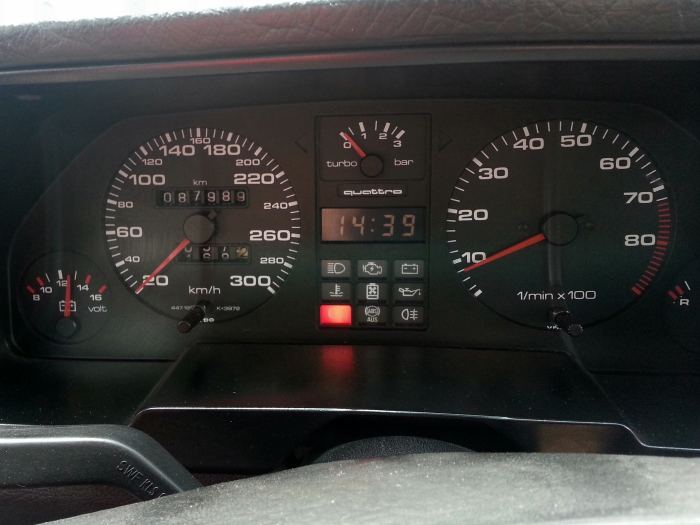
Don’t get us wrong, it’s not basic by any stretch of imagination, but the focus is singular, with nothing but what’s essential to let you focus on the task at hand – flogging it.
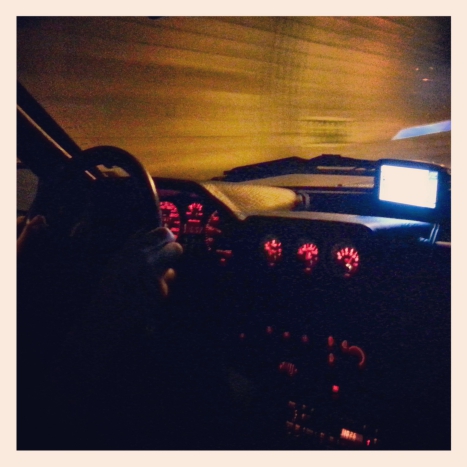
A trio of meters sits prominently within eye-glance of the driver, there’s even a model-correct head-unit and a monitor like on the Ur to check on differential drive status, but that’s about it.
Even as the inline5 clatters to life on ignition, the entire experience is somewhat surreal, since this is a car we’d heard and read so much about, yet never once did we ever dream we would get to drive the stuff of legends.
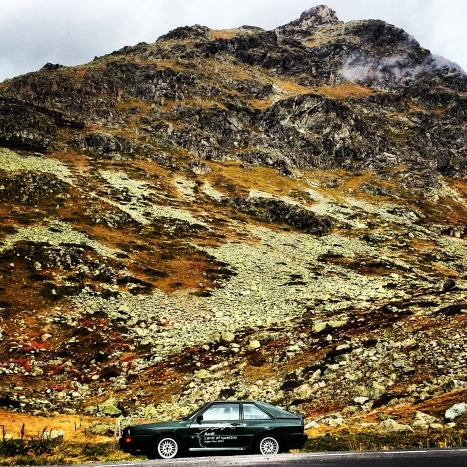
It’s well looked-after by Audi, but instead of a pristine concourse edition type car, this one feels ready to be used, with a nice run-in feel to the controls and engine – one could even imagine that this was a former competition car that had been converted to mobile museum status.
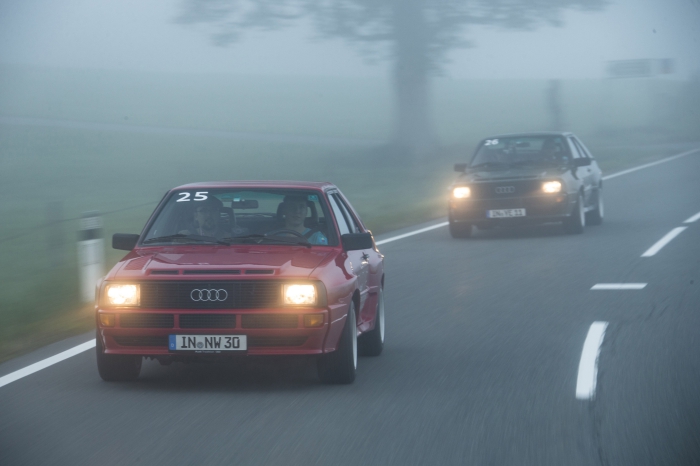
A championship-winning, harder-edged evolution of the original Ur, the Sport Quattro represents a significant chapter in Audi’s history.
The project was kick-started when a certain Mr. Piëch (yes, he of the Bugatti Veyron and VW XL1 fame) gave new meaning to the brand’s “Vorsprung durch Technik” philosophy by shoehorning the all-wheel drivetrain from the Volkswagen Iltis military off-roader into the Audi 80.
The rest, as they say, is history…
We’d heard a lot about the viciousness of the turbocharged boost that would hit hard (painful only if you were caught out and ended up in the scenery) quite high up the rpm range (by today’s near lag-free standards at any rate), so took our time to get into a nice stride in the first few switchbacks we came across.
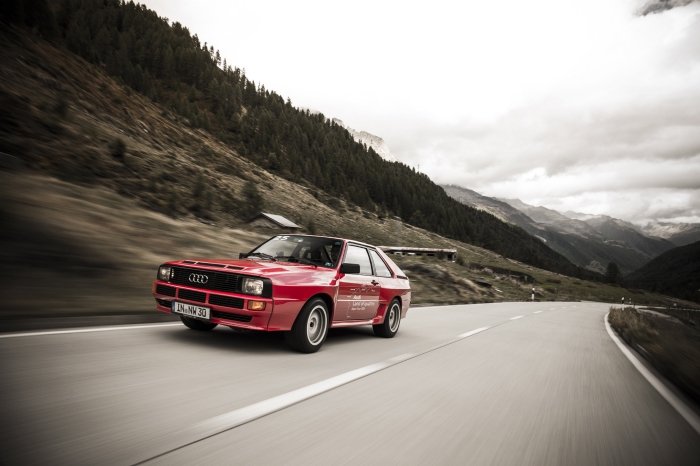
Unlike modern cars that use big performance to overcome weight, the Sport Quattro serves up a pure drive that can be hustled deceptively easily along the winding Alpine roads.
Its compact proportions also means it never feels overly big for the mountain and country roads we had it burbling along on and like Maria from The Sound of Music, the five-pot could be coaxed with a confident pressure (on the gas pedal) to hit all the high notes.
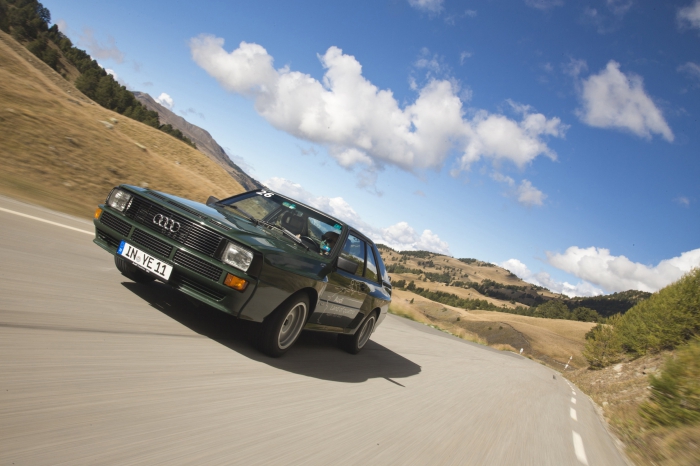
Sometimes, it’s easy to forget how desensitised we’ve gradually become to the notions of steering feel, communication and feedback, save for what’s graciously filtered through to us via complex electronic systems, sensors and artificial weighting.
There’s a sublime honesty to the Sport Quattro’s nimble responses and steering that dials you into everything that transpires between the car and road.
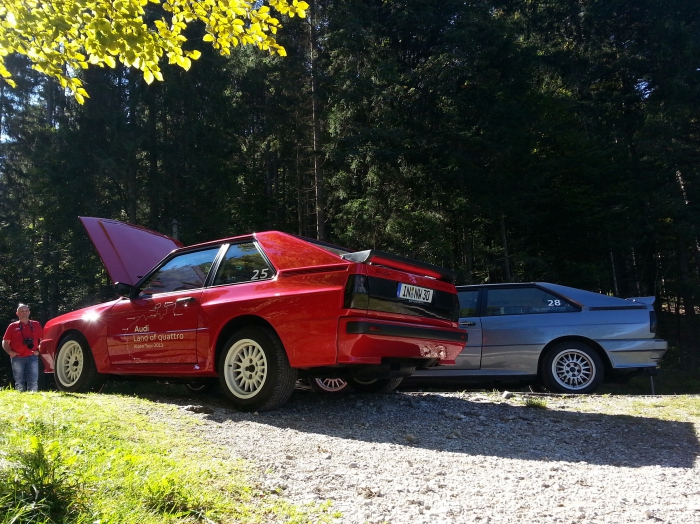
Red Sport quattro alongside regular Ur... check out the difference in wheelbase from the B-pillar onwards
We intensely enjoyed the keen, incisive reactions of the steering wheel’s sharp rack. It was light but loaded up satisfyingly with the cornering gs.
We especially appreciated the sound and sensation of the old-school turbocharged sportscar, the “waiting, waiting, still waiting... OMG!” variety of power delivery to the sweet accompaniment of the engine’s breathy wheezes and huffs offer wide-eyed, toe-clenching thrills in a sexy-looking, visceral package that isn’t so easy to find in today’s cars.
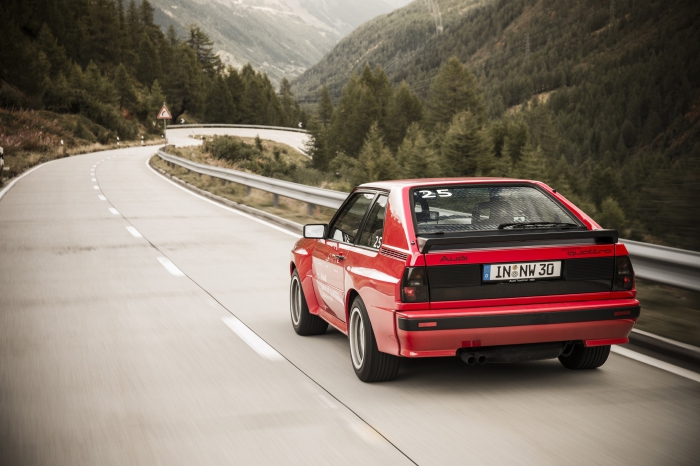
This driver doesn't have the cojones of the Stig Blomqvist variety, and only put pedal to metal when we were safely on the straights, so we can scarcely imagine the pressures involved on the rally cars that boasted double the power and even more lag!
Even then our Sport Quattro explodes in powerful, jolting spurts as you stitch-up the straight stretches linking corner to corner, and it was still possible to have fun without going fast enough to kill yourself with the smallest mistake.
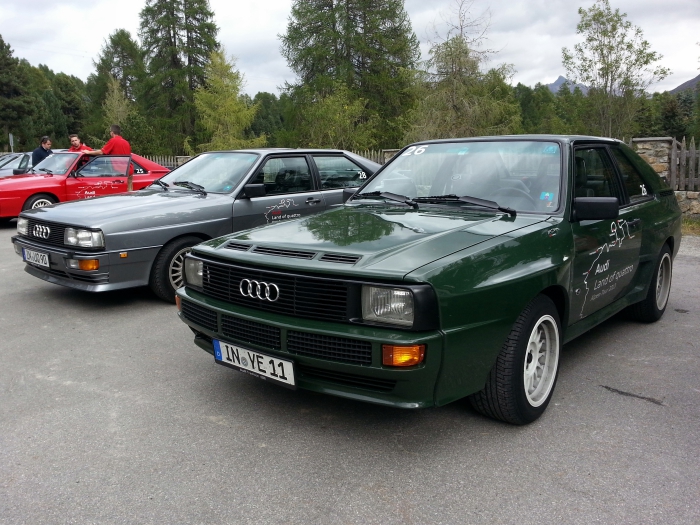
Was I disappointed in getting so intimately involved with a childhood pinup?
Heck no. The biggest difference between yesteryear's pinup cars and women is, even today, the curves on the cars are still in all the right places...
PHOTOS Audi / David Khoo
AUDI SPORT QUATTRO
Engine: 2133cc, inline5, turbo
Power/rpm: 306bhp/6700rpm
Torque/rpm: 350Nm/3700rpm
Transmission: 5spd manual
0-100km/h: 4.9secs
Top speed: 250km/h
This feature first appeared in Top Gear Singapore #20 (November 2013)






